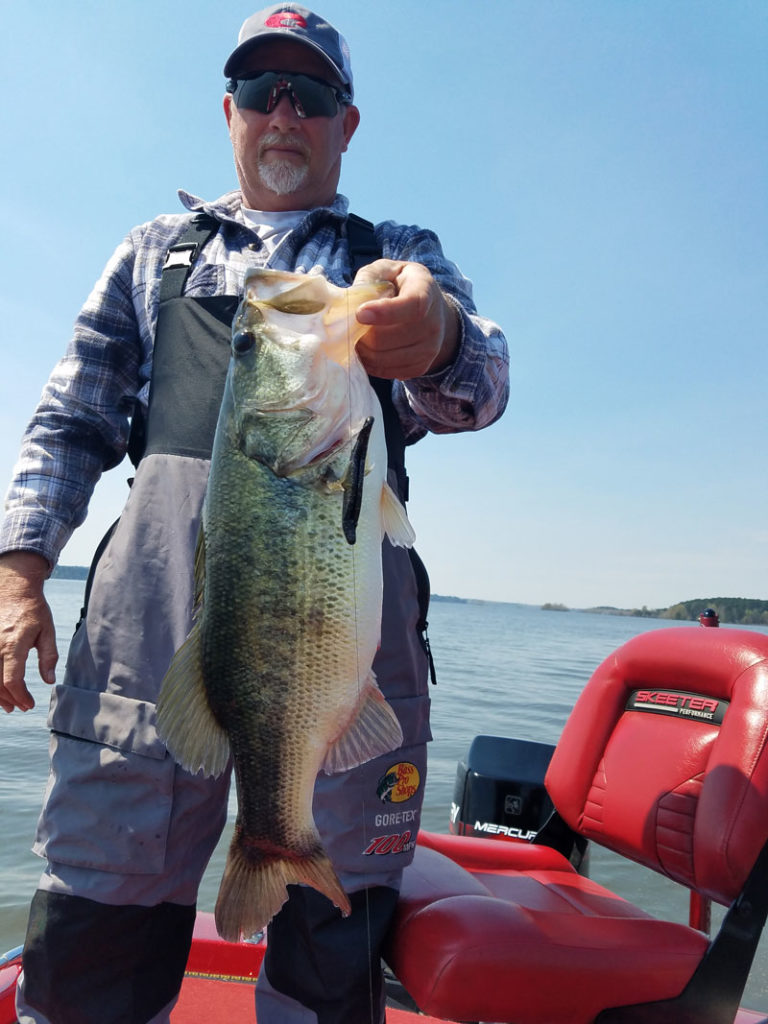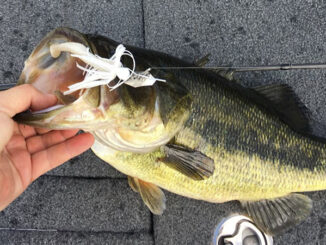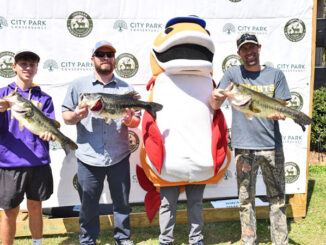
Bass anglers are preparing for a magical time of year on Toledo Bend — the spawn — but it could be mystical as well, depending on the pool stage in late February and March.
Right now, I’m getting ready to get my sled — my new, red Skeeter bass boat — wet, and more than likely, start getting into prime time bassing territory on the northern end between San Miguel Creek and San Patricio.
Last year, I focused on the upper end of the lake too late and waited too long, by being stubborn and staying below Pendleton Bridge. It’ll be important to target bass above the bridge sooner because, if the lake doesn’t get to full pool or close to it, more structure will be in the water above San Miguel Creek than, say, so many areas south of Pendleton Bridge.
We have to assume the water will be below full pull (172.0) when March rolls around. That’s a game-changer on where to find bass doing their thing or about to do their thing in a lake pretty much devoid of grass.
Favorable conditions
Where bass set up to spawn depends on whether the water’s high — 6 feet up in the bushes — or low. That’s when you need to target stumps on flats 3 to 5 feet deep. They’re going to be around the base of stumps on flats if there’s no water in the bushes.
With the water level slightly below pool at the end of January, chances are good the bass will be available in more abundant cover up north. Otherwise, if you fish south of the bridge, target open ridges with a lot of stumps or head to the back of Housen and the back of Six Mile.
Wherever you go to target stumps, it’s important on the retrieve to rub your fishing line on the structure, because bass get tight to the cover.
Bass fishing the first week of March ought to be awesome, weather and water conditions permitting, for another reason: the February full moon is the 27th.
When water temperature, locations and the moon phase are favorable at or almost at the same time, bass storm the beaches, but not all at once. Typically on Toledo Bend, the north end fires first, and the spawning period works its way down the lake, which is shared by Louisiana and Texas. Water temperatures between 55 and 65 degrees generally are what biologists say bass look for to spawn, and at the end of January it’s been a steady 49 to 54 degrees.
What to use
Before bass get on their beds, moving baits such as black/blue and golden bream bladed jigs — I really like Delta Lures’ Thunder Jig — gold/orange Smithwick Rogues and crawfish-colored crankbaits will pick them off more often than not. But there comes a time when soft plastics can’t be beat. Once bass are locked down on a bed, it’s time to feed them soft plastics.
Carolina-rigged soft plastics — my favorite is a dark-colored Fluke — Neko-rigged, Texas-rigged and wacky rigged green pumpkin or watermelon Senkos and creature baits inevitably become the go-to baits to put bass in the boat in March. Dead sticking, slowly and meticulously, is one of my tried-and-true ways to trigger bites more reliably and consistently through March and April and into May.


